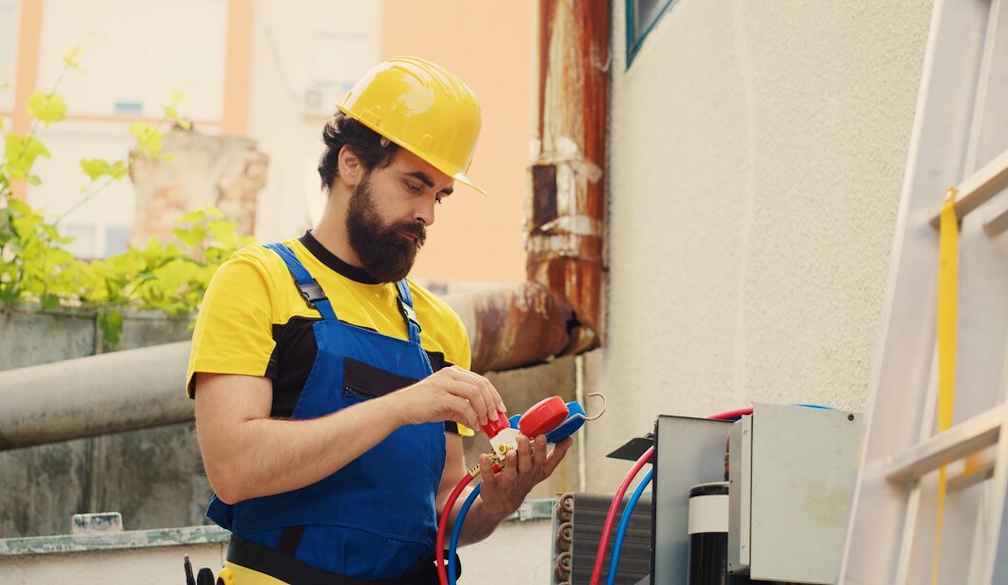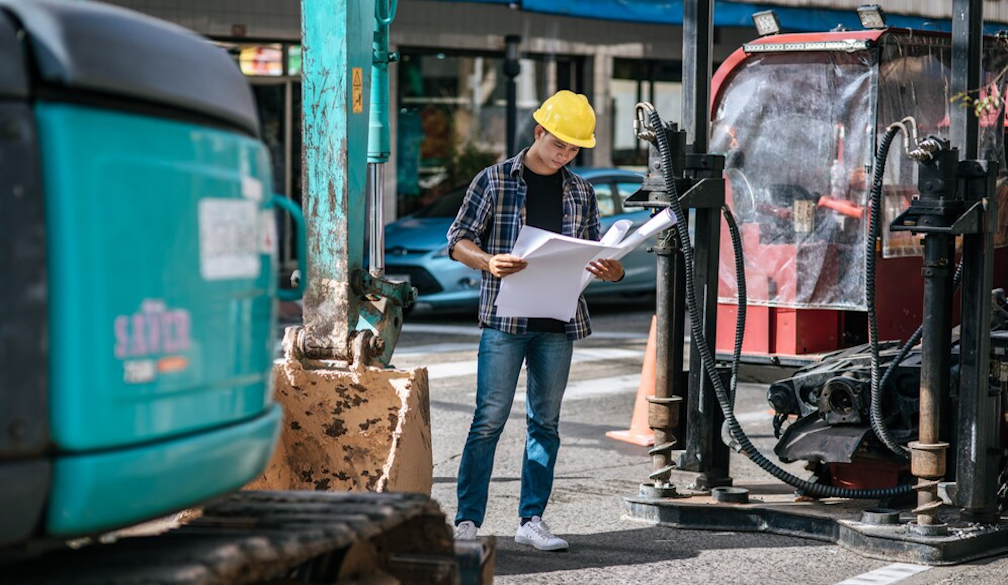House Facades in the Modern Generation: A Comprehensive Exploration
- Written by iVillage

In the realm of contemporary architecture, the façade of a house is not merely a protective shell but a statement of artistic expression, an embodiment of technological innovation, and a reflection of environmental consciousness. This exploration delves into the multifaceted aspects of modern house facades, including design trends, material innovations, sustainability, and the integration of smart technology.
The Evolution of Design Aesthetics
Minimalism and Clean Lines
Modern house facades are characterized by minimalist aesthetics, emphasizing clean lines and uncluttered surfaces. This design philosophy, rooted in the “less is more” approach, favors simplicity and functionality. The use of large windows and open spaces creates a seamless transition between interior and exterior environments, fostering a sense of harmony with the surrounding landscape.
Eclectic Material Combinations
Contemporary designs often feature a mix of traditional and modern materials. Brick, wood, and stone are frequently combined with glass, steel, and concrete, creating a contrast that highlights the unique characteristics of each material. This eclectic approach allows architects to experiment with textures and colors, offering limitless possibilities for customization.
Bold Geometric Forms
Modern facades often showcase bold geometric forms. Angular shapes, asymmetrical compositions, and unconventional rooflines are common. These dynamic structures challenge traditional architectural norms and make strong visual statements, reflecting the homeowner's individuality and the architect's creativity.
Material Innovations and Sustainability
Eco-Friendly Materials
Sustainability has become a pivotal aspect of modern facade design. Architects are increasingly using eco-friendly materials that reduce environmental impact. Recycled materials, sustainably sourced wood, and low-emission products are gaining popularity. These materials not only contribute to environmental conservation but also offer durability and longevity.
Insulation and Energy Efficiency
Modern facades are designed with energy efficiency in mind. High-quality insulation materials and advanced glazing technologies are used to minimize heat loss in winter and reduce heat gain in summer. This not only lowers energy consumption but also enhances indoor comfort, making homes more livable and cost-effective.
Green Facades and Living Walls
Green facades, featuring vegetation and living walls, are a growing trend in modern architecture. They provide natural insulation, improve air quality, and enhance the aesthetic appeal of buildings. These living facades are not only visually striking but also contribute to urban biodiversity and help mitigate the heat island effect in cities.
Integration of Smart Technology
Automated Systems
Modern house facades are increasingly integrated with smart technology. Automated systems for controlling window shades, lighting, and even the opacity of glass can be synchronized with homeowners’ preferences and weather conditions. This integration not only enhances convenience and comfort but also contributes to energy efficiency.
Interactive Elements
Interactive elements, such as LED lighting and digital screens, are being incorporated into facades, allowing buildings to change appearance and interact with their environment. This technology enables facades to display information, create light shows, or simply adapt their appearance according to different occasions or moods.
Challenges and Future Directions
Balancing Aesthetics and Functionality
One of the primary challenges in modern facade design is balancing aesthetics with functionality. Architects must ensure that their designs are not only visually appealing but also practical, safe, and compliant with building codes and environmental regulations.
Innovations in Materials and Technology
The future of house facades lies in continuous innovation in materials and technology. Research in nanomaterials, biomimicry, and advanced manufacturing techniques promises to bring even more revolutionary changes to facade design. These advancements could lead to self-cleaning surfaces, more efficient energy harvesting, and even facades that can adapt and change according to environmental conditions.
Addressing Climate Change
As the impact of climate change becomes increasingly evident, modern facade design must evolve to address these challenges. This involves creating designs that are resilient to extreme weather conditions, reducing the carbon footprint of buildings, and enhancing the energy efficiency of homes.
In conclusion, the world of modern house facades is a dynamic and evolving field, blending art, technology, and sustainability. As architects and designers continue to push the boundaries of what is possible, the facades of our homes will not only reflect our current architectural trends but also our societal values and environmental responsibilities. The façade of a modern house is, therefore, more than just an exterior; it is a canvas for innovation, a barrier against the elements, and a critical component of our journey towards a more sustainable future.






